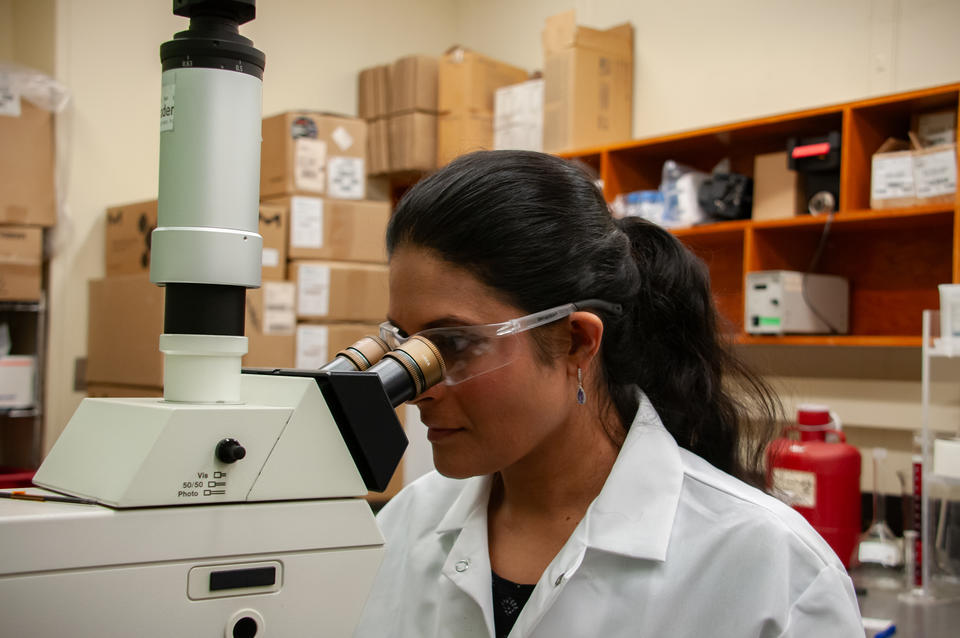New NIST Reference Material to Strengthen Quality Control for Biological Drugs
Summary
NIST has released SRM 1989: Monodisperse Irregularly Shaped Epoxy-Based Particles, a new standard reference material designed to help biopharmaceutical manufacturers detect and monitor visible protein-based particles that can form during production and handling of protein therapeutics.
The SRM comes as three vials containing near-identical, irregular transparent particles sized 220 µm, 150 µm and 100 µm. The particles are made by photolithography — a semiconductor technique — then placed into a liquid matrix to mimic protein particles. Because NIST can measure particle size with high precision, the SRM provides a reliable visual and instrument calibration standard for both manual inspector training and automated inspection systems.
Key Points
- SRM 1989 supplies three vials of monodisperse, irregular epoxy-based particles at 220 µm, 150 µm and 100 µm to simulate visible protein particles.
- The material is the first publicly available visible-particle standard tailored for protein-based biotherapeutic products.
- Particles are manufactured using photolithography, leveraging NIST expertise in semiconductor fabrication to create consistent, measurable test particles.
- The SRM can be used in training kits to reduce subjectivity in manual visual inspection and to harmonise inspector assessments.
- Instrument makers and QA labs can use the SRM to calibrate and validate automated inspection equipment, improving accuracy over time.
- More uniform and accurate inspections can reduce unnecessary batch discards and associated costs for manufacturers.
Why should I read this
Short version: if you care about making sure costly drug batches aren’t tossed because someone thought they saw a speck, this matters. The SRM gives you a real, consistent reference to train people and check kit — so inspections stop being guesswork and start being repeatable. We’ve skimmed the science so you don’t have to; here’s what actually changes on the production line.
Context and Relevance
Protein-based biotherapeutics are a fast-growing sector used to treat cancers, genetic and autoimmune conditions. Protein particles can form from stress during purification, filling, shipping or storage and may trigger immune responses in patients. Visual inspection remains a common quality-control step; inconsistent judgement among analysts or drifting instrument calibration can lead to false failures and multi-million-pound batch losses.
NIST’s SRM supports industry needs for standardisation: it helps harmonise manual inspection, validates automated systems and gives instrument manufacturers a benchmark for performance. The SRM joins other NIST materials for biopharma (like NISTmAb and NISTCHO) and is timely given projections for strong market growth in biopharmaceuticals through the decade.

